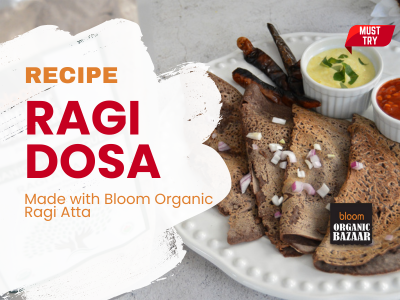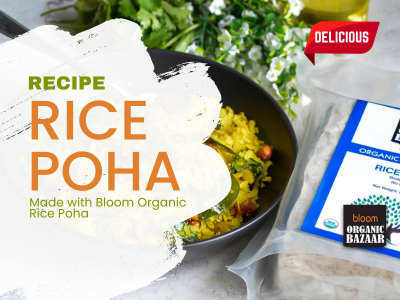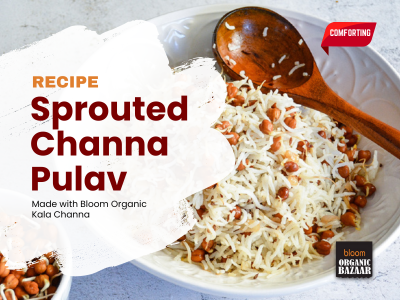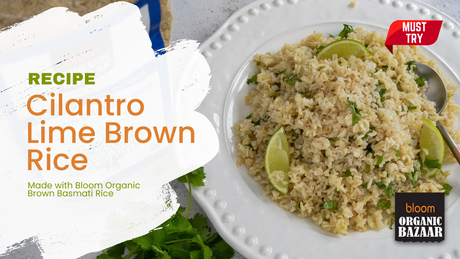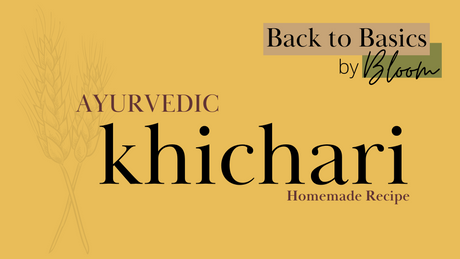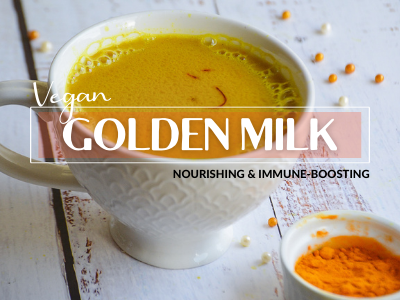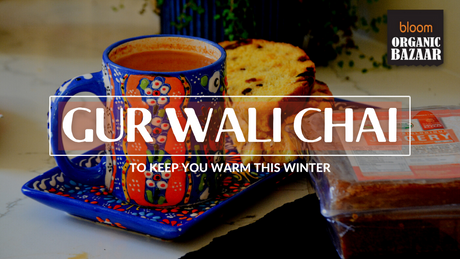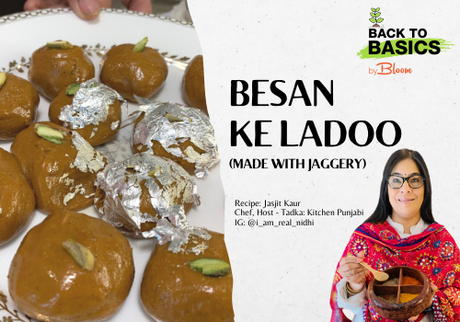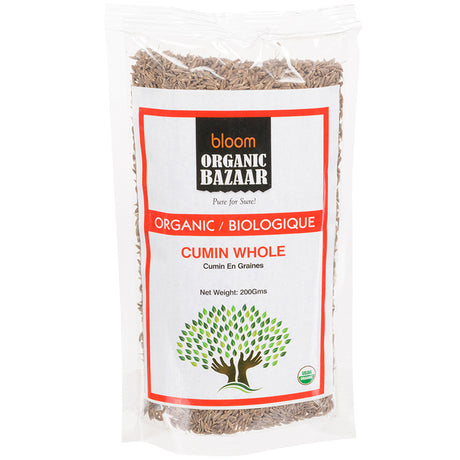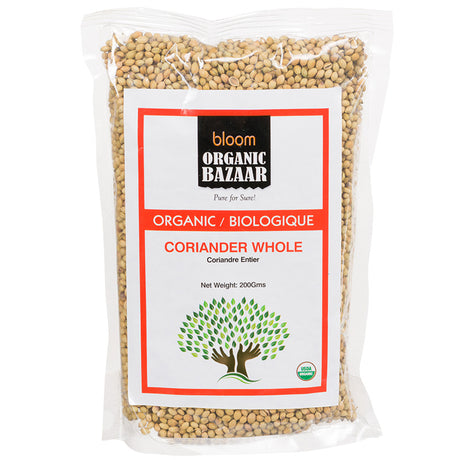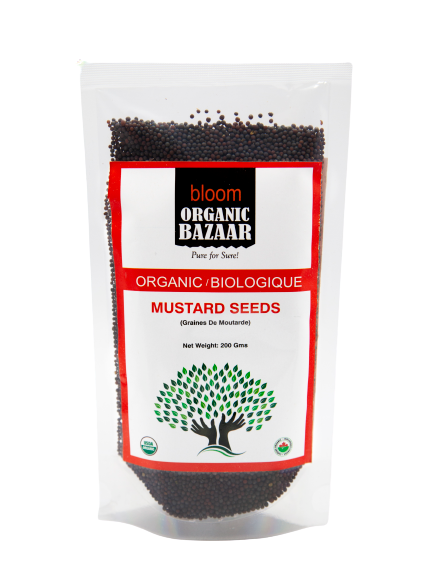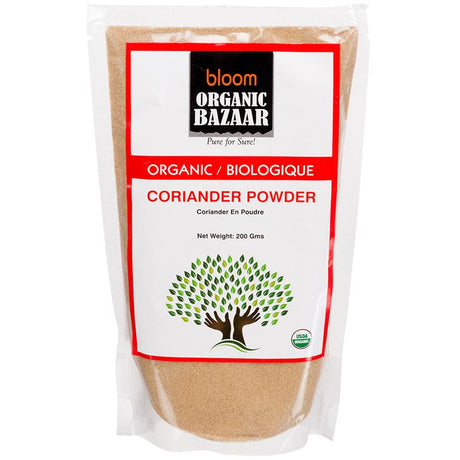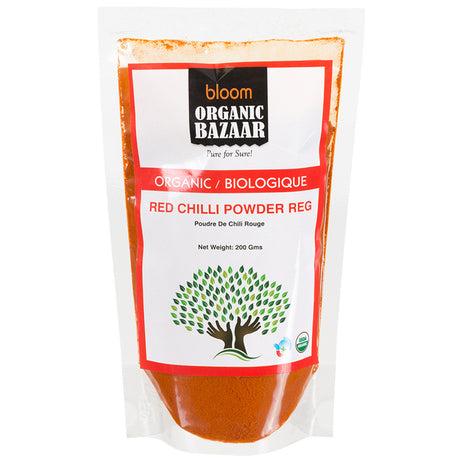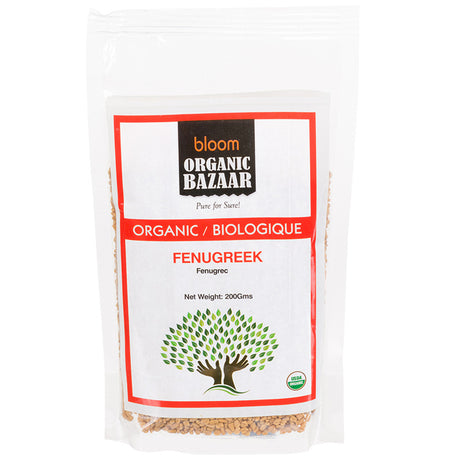(Ayurveda’s # 1 recommendation for a digestive reset!)
Written by: Preeti Syal
Do you experience gas and bloating quite often? Do you have difficulty having a bowel movement within an hour of waking? Do you have skin issues? Do you experience frequent headaches? Do you feel tired or lethargic throughout the day?
If you said yes to any of the above questions… you really need a digestive reset!
As you must have heard… “All dis-ease begins in the gut!"
So why not start at the root level and give your overworked digestive system a break!
An intense detox is not a good fit for everyone! Some of us need a gentle detox!

Khichari a simple blend of rice and mung beans along with a perfect blend of spices specific to your mind body constitution. It is considered the most easily digestible food in Indian Ayurvedic culture. In fact, it is used to feed babies, elderly and the sick along with healthy adults who are interested in a preventative lifestyle and keeping themselves away from toxins. Why?… Because it is so gentle on the digestive system that it needs very little energy to get digested and absorbed into the body!
Khichari is not only a good one-pot meal for detox! But it also has many other benefits……
- Mung beans are naturally low in Glycemic Index, perfect for balancing blood sugar issues! The blood sugar balancing ability of Khichari makes it perfect for a detox, as during detox, many people face blood sugar fluctuations, giving them those crazy feelings of headache, lethargy, hunger and in turn making them irritable! Mung beans are a great source of minerals esp. magnesium which is known as the anti-stress mineral and is very much needed in this fast paced, stressed-out culture!
- White basmati rice….. husk removed…. is the most easily digestible and the least allergenic grain. Husk from brown rice could be irritating for the intestinal wall and cause gas and bloating or even abdominal pain in people who already have compromised digestive ability!
The combination of rice (which is a grain) and mung bean (which is a legume) makes it a complete protein, making it one of the best sources of proteins for vegetarians or vegans! Bonus- easily digestible and therefore easily bioavailable!!!!
Complete Protein source– Grains especially Rice is low in amino acid Lysine, as a result, if you consistently live on rice as your staple grain… you could become deficient in this amino acid lysine which could create overall deficiency of proteins in your body! Legumes and lentils on the other hand are rich in lysine but generally low in amino acid methionine & tryptophan which are found in grains. Therefore, combining grains with legumes make it a complete protein with all the essential amino acids!!!!!

Here is the basic recipe….. for a delicious comforting Ayurvedic Mung Dal Khichari.
KHICHARI INGREDIENTS
- 1 cup bloom organic pure basmati rice (Buy Here)
- 1 cup bloom organic mung dal - yellow split dehusked (for Vata reduce mung dal to ½ cup and for kapha reduce rice to ½ cup)
- 3 Tbsp. ghee {can use any oil but my favorite is Ghee}
- 1 tsp. bloom organic cumin seeds
- ½ inch piece of fresh ginger, finely chopped
- 2 bay leaves
- 1 small piece of bloom organic cinnamon stick
- 4 cloves
- 2 whole cardamom pods
- 1 tsp. bloom organic turmeric powder
- 1½ tsp. salt (or to taste)
- 5-6 green onions finely chopped (white portion while cooking & greens for garnishing)
- 1 Tbsp. chopped cilantro for garnish
- 5 cups water


DIRECTIONS
- Place rice and dal together in large mixing bowl. Wash & Rinse several times. Soak dal and rice for ½ an hour.
- Set heavy-bottom saucepan over medium heat and add ghee or oil.
- When it is hot, add all spices except turmeric and salt. Stir about 30 seconds.
- Add chopped onion, sauté till light pink.
- Drain rice and dal and then add this to the pan, now add turmeric and salt. Mix in gently.
- Add water and bring to a boil over high heat. Cover saucepan, reduce heat to low and cook until tender, about 30-40 minutes.
- Garnish with chopped cilantro leaves and the greens of green onion.
- Enjoy hot. Add 1-2 tsp. ghee on top before serving, if going through a vata or pitta vikruti (imbalance). For pitta vikruti do not use too many spices,instead go easy on spices and use only cumin and cilantro.
Note — 5 cups water will yield a thicker khichari while 6-7 cups will yield the consistency of light porridge.

IMPORTANT POINTS TO NOTE
This mung dal khichari is TRIDOSHIC – well balanced for all doshas (Vata, Pitta & kapha). It has a perfect blend of spices and herbs which result in their net effect as being balancing for all 3 doshas.
Since some of these spices can be hot and drying in themselves, it is important to use a good amount of Ghee to prevent it from being too drying for Vata Prakruti or too heating for pitta prakruti.
KHICHARI VARIATIONS FOR DIFFERENT DOSHAS
Vata dominant: For individuals who are VATA dominant, use 2 parts of rice and one part mung dal as lentils could be gas forming for some and may vitiate vata dosha if not soaked overnight and cooked with the right blend of spices.
Kapha dominant: For individuals who are KAPHA dominant, use 2 parts of mung dal and one part of rice as they need to cut down their grain intake to prevent adding more of the earth element into their body! Also reduce the amount of ghee to half of this recipe.
Pitta dominant: For individuals who are PITTA dominant and especially for those who are seeing signs of inflammation in their body, just use cumin seeds, salt, turmeric and 1-2 cardamom pods. Do not use cloves and cinnamon, as these are heating in potency. Use equal parts of rice and mung dal. Garnish with cilantro leaves as it is cooling in nature. You could also add grated coconut to your khichari! Yummy!
| ----------------------------------------------- |
Disclaimer: The content provided in my blogs are for knowledge sharing purposes only and is not intended to be a substitute for professional medical advice, diagnosis or treatment.

M.Sc. (nutrition)
R.H.N. (registered holistic nutritionist)
Certified Ayurvedic Lifestyle Consultant
Instagram: @myholistickitchenca
Website: https://www.
For more on Ayurveda, please do visit my website for self-paced online courses.

